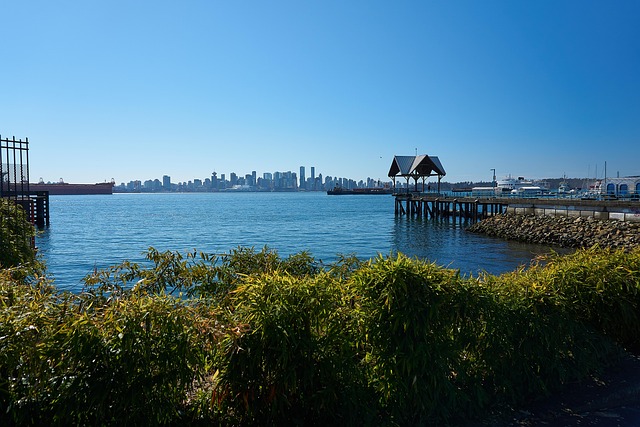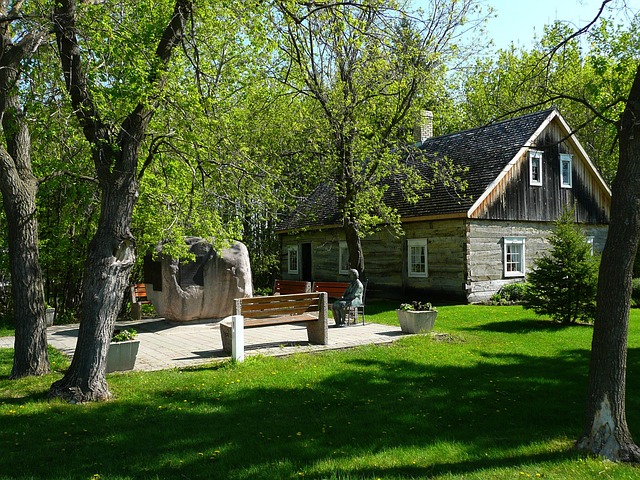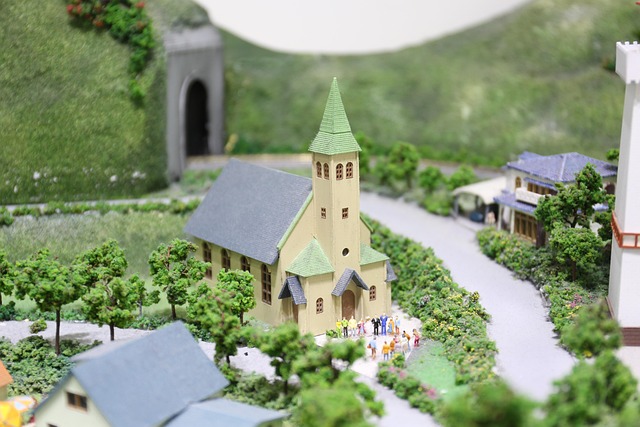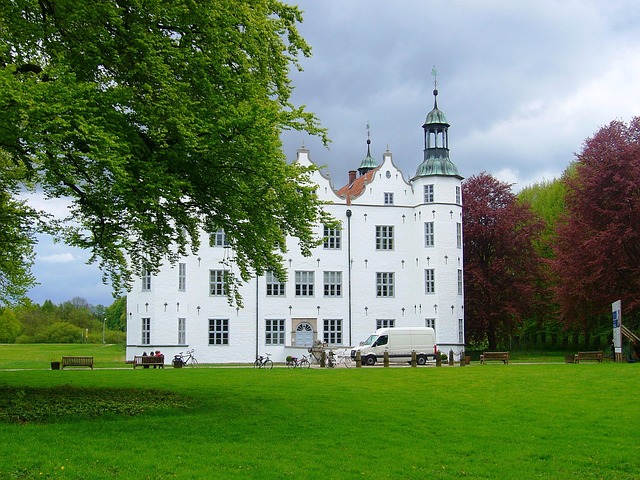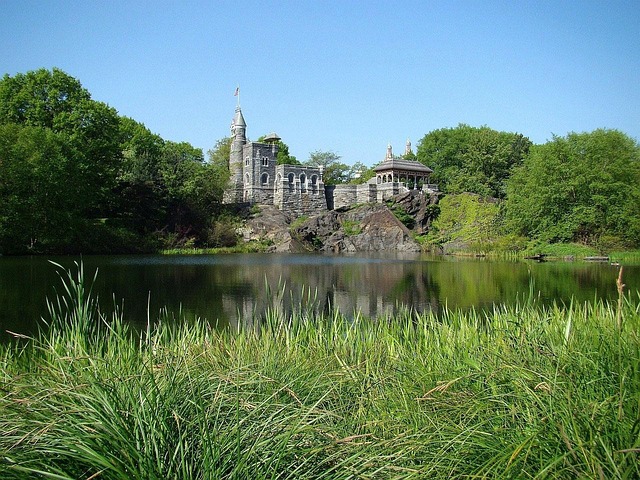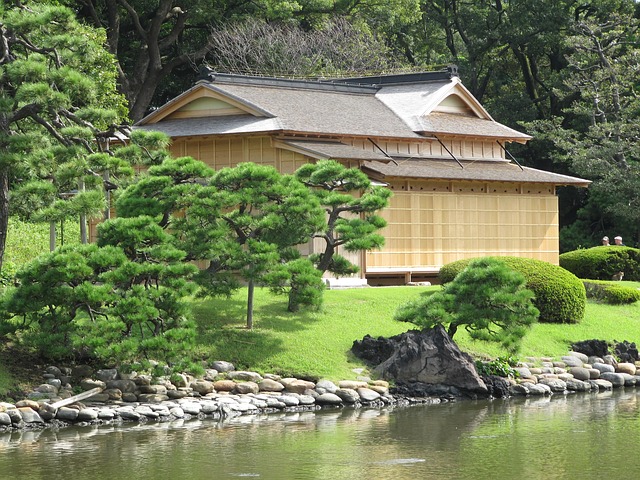The real estate industry is embracing sustainability with a focus on eco-design, driven by environmental conservation and healthier living demands. Eco-friendly features like natural materials, energy efficiency, and waste management systems are integrated into constructions to reduce costs and carbon footprints. Increasing consumer awareness of their impact is driving the demand for these green properties, making sustainability a key aspect of modern real estate.
In today’s eco-conscious world, real estate is undergoing a metamorphosis. We’re seeing a surge in demand for resource-conscious living spaces that blend style with sustainability. This article explores the rise of eco-design in real estate, delving into trends and innovations that make sustainable living spaces not just environmentally friendly but also aesthetically pleasing. From energy-efficient homes to water conservation, discover how resource efficiency is redefining modern living.
Embracing Eco-Design in Real Estate

The real estate industry is undergoing a quiet revolution, driven by a growing awareness of sustainability and resource conservation. Embracing eco-design principles in both residential and commercial spaces is becoming increasingly popular as folks seek healthier living environments. This shift isn’t just about aesthetics; it’s a response to the urgent need to reduce our ecological footprint.
Eco-friendly design incorporates natural materials, energy-efficient systems, and smart waste management solutions. Real estate developers are now integrating green features like solar panels, rainwater harvesting, and cross-ventilation to create sustainable habitats. These innovations not only lower operating costs for residents but also contribute to a healthier planet by reducing carbon footprints. As consumers become more conscious of their environmental impact, the demand for eco-designed properties is expected to surge, further solidifying sustainability as a key aspect of modern real estate.
Sustainable Living Spaces: A Growing Trend
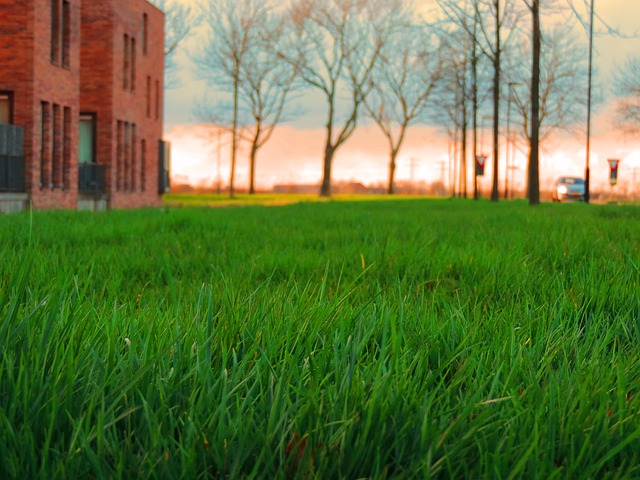
In recent years, there’s been a noticeable shift in the real estate market towards sustainable and resource-conscious living spaces. This growing trend reflects a broader societal move towards environmental stewardship and healthier lifestyles. Homebuyers are increasingly prioritizing eco-friendly features and designs that not only reduce their carbon footprint but also contribute to long-term cost savings. From energy-efficient appliances to green roofing and renewable energy sources, these spaces offer a harmonious blend of comfort and sustainability.
This shift isn’t just about reducing water and electricity bills; it’s about promoting a lifestyle that minimizes waste, conserves natural resources, and fosters a deeper connection with the environment. As awareness grows, real estate developers are responding by incorporating sustainable practices into new constructions and renovations. This trend promises to reshape urban landscapes, making them more livable, healthier, and environmentally responsible for current and future generations.
Resource Efficiency: Redefining Homes
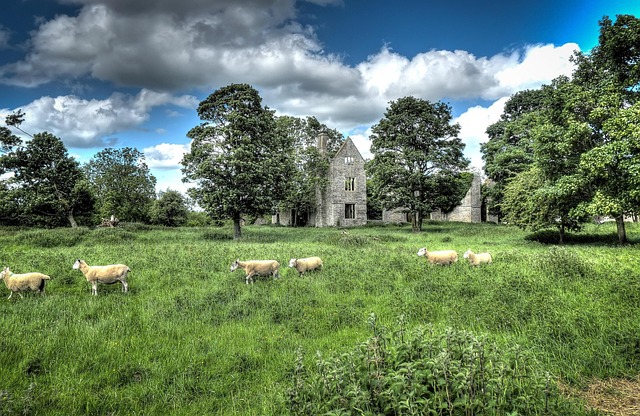
In today’s world, the concept of resource-conscious living spaces is gaining traction, especially in the realm of real estate. This shift isn’t just about aesthetics; it’s a movement towards sustainable and efficient homes that minimize environmental impact. Resource efficiency in housing involves clever design choices and innovative technologies to reduce energy consumption and maximize natural resources.
Redefining homes means embracing concepts like smart home technology, which allows for precise control of lighting, temperature, and security systems. Additionally, incorporating renewable energy sources such as solar panels can significantly lower utility costs while contributing to a greener planet. The integration of green building materials and water conservation strategies further enhances the efficiency of these spaces, ensuring a comfortable living environment without excessive resource wastage.
